Getting your first tattoo is exciting, but it's also somewhat overwhelming. From picking the right design to understanding what goes into aftercare, there is a lot to consider. This article is going to try and give you some useful tips and a simple checklist, so your journey in getting tattooed will be smooth and enjoyable.
Choose the Right Tattoo Design

Choosing the appropriate tattoo design is one of the most important aspects in the procedure. Here are some important things to think about:
Different Styles of Tattoos
First, familiarize yourself with the variety of tattoo styles, which can greatly influence your decision:
- Traditional: These are characterized by bold lines and bright colors. Classic iconic imagery could range from roses to skulls, from anchors to everything else.
- Realism: This style expresses real images much like photographs. Realism is excellent for portrait work or detailed scenes.
- Tribal: These tattoos usually include geometric patterns and are performed with black ink. They are deeply connected with cultural traditions, and the meanings they imply vary according to their design.
- Watercolor: Imitation of watercolor paintings, this style uses soft brush strokes and vibrant colors, creating a fluid and artistic look.
No matter which kind of style you choose, a meaningful tattoo can always represent a life event, a loved one, or your beliefs, providing a deeper connection to the art on your skin.
Research Design Ideas
To find inspiration for your tattoo, explore social media and surf through all those tattoo-centric sites. Create a mood board with images and styles that resonate with you to clarify your vision. Consult experienced tattoo artists for valuable insights and suggestions; they can help refine your ideas and ensure your design works well visually and practically.
Find the Right Tattoo Artist and Studio

Research Local Tattoo Shops
Start by researching local tattoo shops. Read reviews and testimonials from previous clients to gauge their reputation. Search for portfolios showing their work, which may give you insight into the artist's style and their level of skill. The artists specialize in various styles, where some of them might can carry out intricate line work, and others may focus on color or realism. Ensure you choose an artist whose expertise is aimed at what you seek for your style.
Schedule Consultations
Once you have narrowed down potential artists, schedule consultations. This is an opportunity for you to talk about your design and placement preferences. If you have sensitive skin or allergies, discuss these with your artist beforehand. While in the consultation, pay attention to how clean the studio is, how professional the staff is, and how approachable they are. A good atmosphere will put you at ease.
Sketches and Custom Designs
Many tattoo artists are open to make a custom design from your ideas. If you have something in your head, try to work with the artist to create your design. Such collaboration may give birth to a piece of art outstanding and saying something about you and your story.
Prepare Physically and Mentally
Mental Preparation
Spend some time working on mentally preparing yourself for the experience. Visualize the process, considering positive thoughts rather than anxiety. Deep breathing or mindfulness exercises could help you feel calm; practicing them will make you more relaxed.
Get a Good Night's Sleep
Ensure you get plenty of rest the night before your tattoo appointment. This will help decrease anxiety, increase pain threshold, and perk up your energy. You will feel much more ready for this experience.
Stay Hydrated
Staying hydrated will make your skin healthy, and also it will be easier for the artist to work on it. Besides, being well-hydrated can help minimize discomfort during the tattooing process.
Have a Nutritious Meal
Eat a balanced meal beforehand to keep your energy up. It should contain protein, healthy fats, and carbohydrates that will sustain your strength for the whole session. Also, do not take alcohol or too much caffeine, as it heightens the sensitivity and will affect healing.
The Day of the Tattoo Appointment
Dress Comfortably
Wear comfortable clothing to allow easy access to the part of your body where the tattooing is to be done. If you are having a tattoo on your arm, use a short-sleeve shirt. For other parts of your body like your back or thigh, wear an outfit that can easily be adjusted without going through too much hassles.
Pack Some Snacks
Getting a tattoo can take time, and having healthy snacks on hand will help you stay fueled and focused. Just stick with things that are easy to eat, like granola bars or fruit. And don't forget the water!
Talk to Your Tattoo Artist
Open communication with your tattoo artist is key. Discuss your expectations clearly before they start working. If you have any last-minute questions or concerns, don't hesitate to voice them. A great artist will welcome any input, ensuring you feel comfortable throughout the process.
Aftercare for Your Tattoo
Proper aftercare is of great importance to ensure it heals well and looks great. Adhering to the right aftercare routine will help prevent infections, fading, and scarring, thus contributing to a successful tattoo experience.
- Keep it covered: Leave the first bandage on for several hours to keep bacteria and dirt away from the tattoo.
- Gentle cleaning: Wash the tattoo with gentle, unscented soap and warm water. Pat it dry with a clean towel.
- Moisturize regularly: Apply a thin layer of fragrance-free moisturizer or ointment as recommended by your artist to keep the tattoo hydrated.
- Avoid soaking: Do not soak your tattoo in pools, or baths for at least two weeks.
- Stay out of the sun: Protect your tattoo from direct sunlight and UV exposure to prevent fading and irritation during the healing process.
- Don't scratch or pick: Avoid picking at scabs or peeling skin; let the tattoo heal naturally to prevent scarring.
- Wear loose clothing: Choose breathable, loose-fitting clothes over the tattooed area to avoid friction and irritation while it heals.
- Monitor for infection: Watch for any signs of redness, swelling, or unusual discharge. If you notice these symptoms, consult a professional.
FAQs:
1. How much pain can I expect when getting a tattoo?
It's really hard to provide an exact answer, as individual levels of pain threshold are various. Many first timers are surprised to find the sensation of getting tattooed is often manageable. If you're particularly concerned about pain, consider discussing numbing creams or other pain management options with your artist beforehand.
2. What if I regret my tattoo after getting it?
Anyone may feel regret after getting a tattoo. If you start feeling kind of anxious about what you have done, take some time to remind yourself why you got that particular design- it's normal to have mixed feelings. If you're still uneasy, talk to your artist about your feelings and what you can do to rectify the problem with either a cover-up or removal.
3. What are my options for tattoo removal or cover-ups?
There are a couple of methods to do so: laser removal and surgical excision. Each of these options has advantages and disadvantages; hence, thorough research must be conducted. Consult professionals in the field of tattoo removal to comprehend which method may best work for your situation.
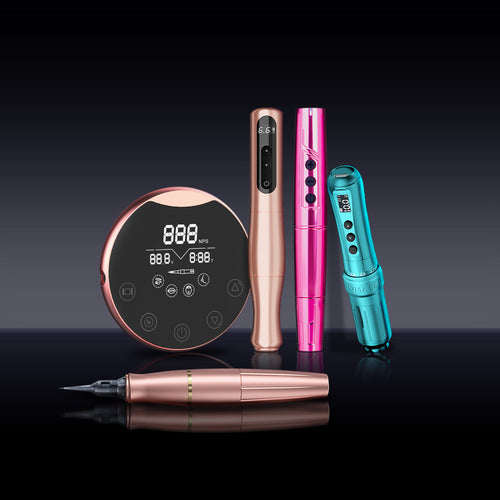
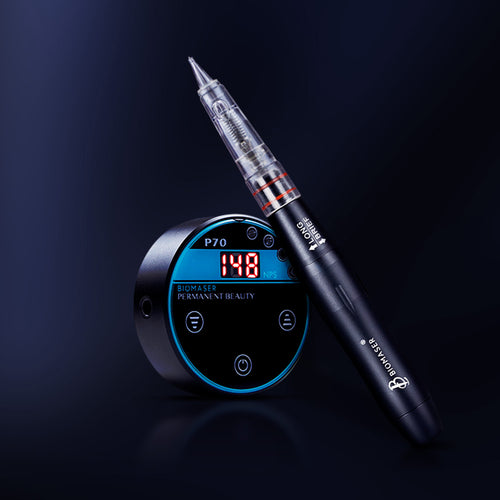
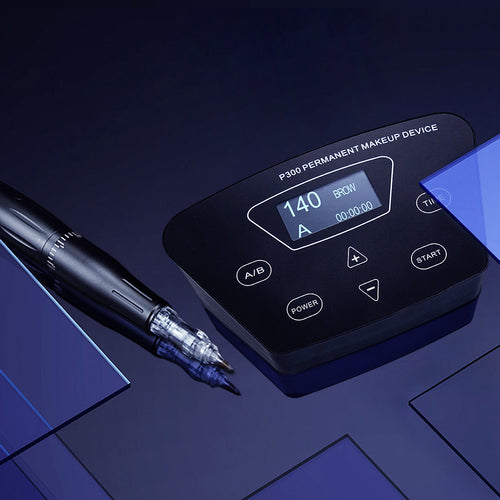
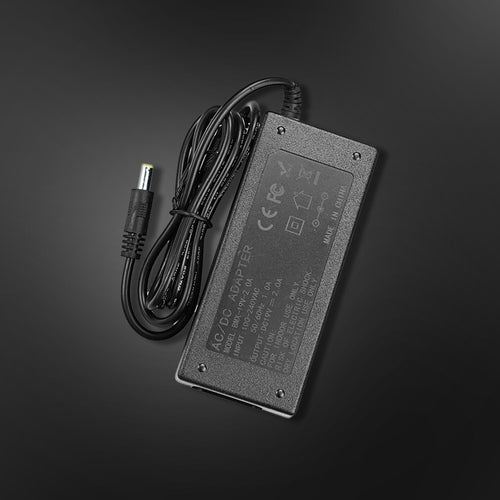
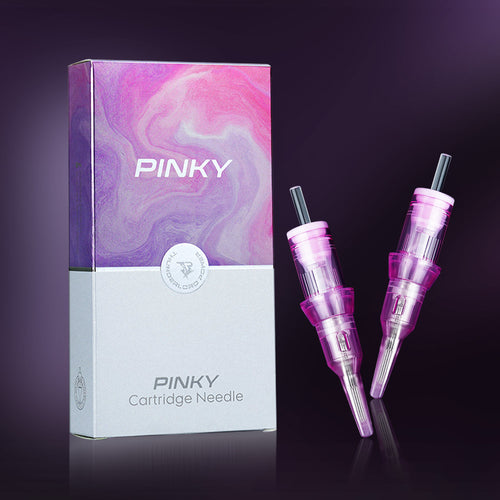
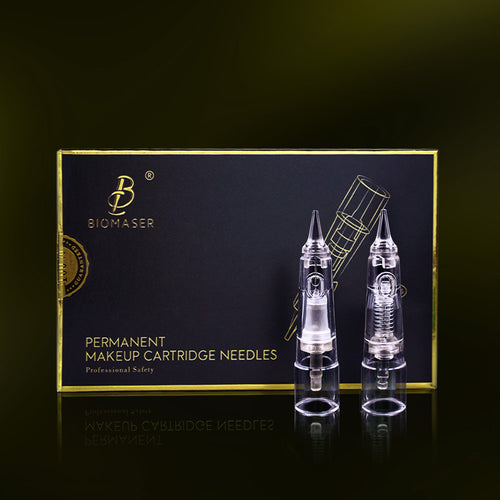
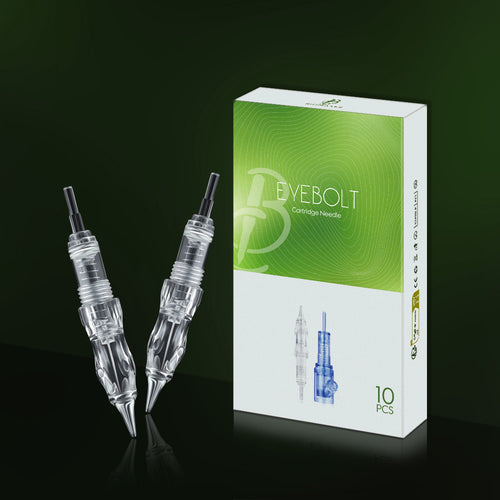

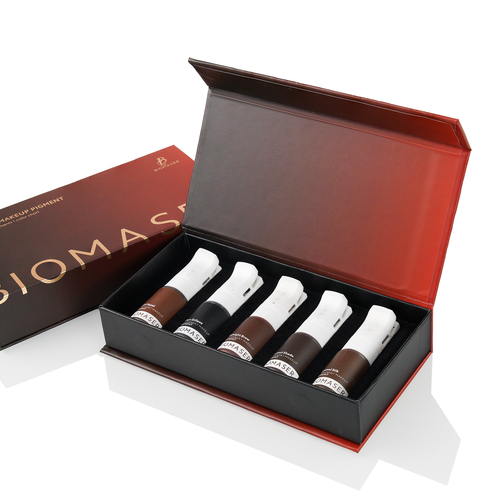
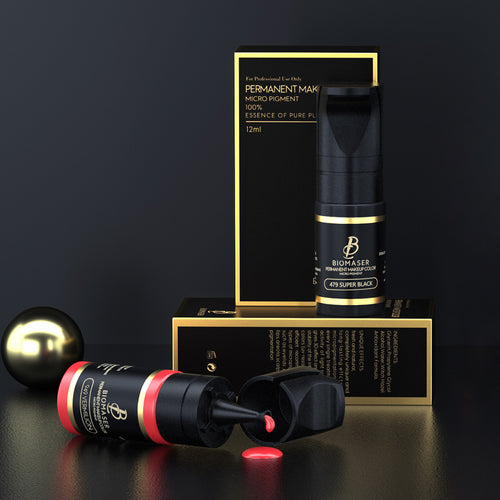
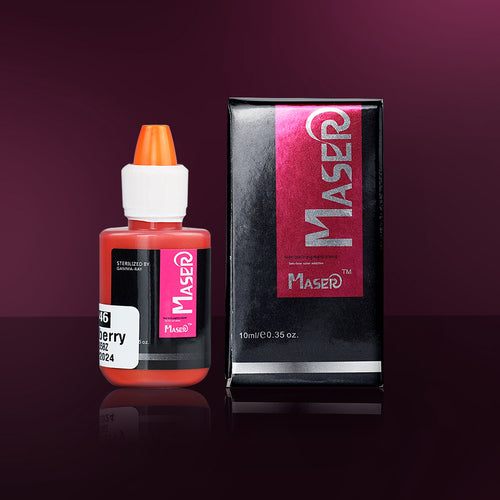
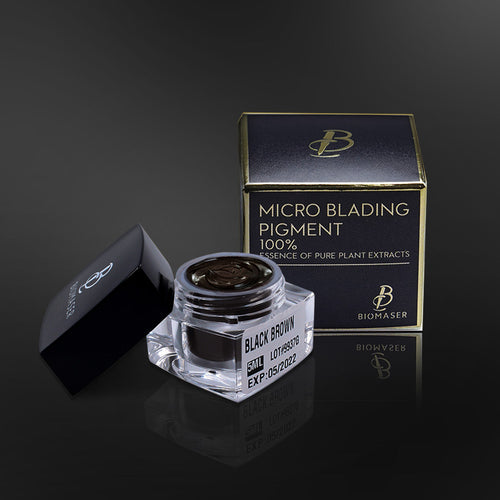
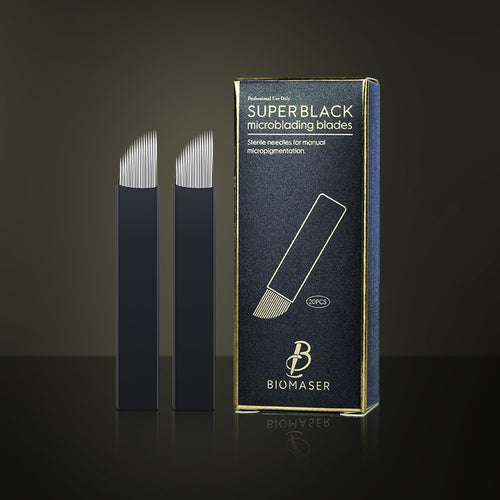
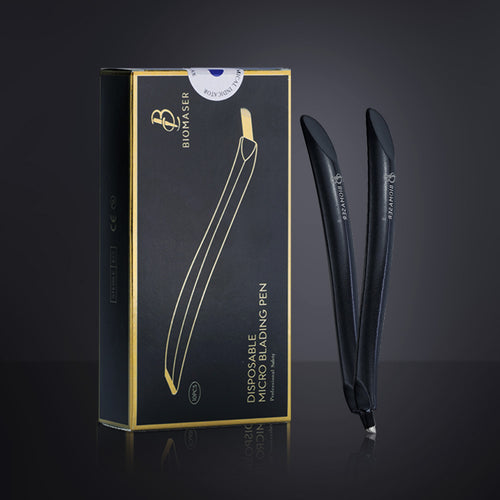
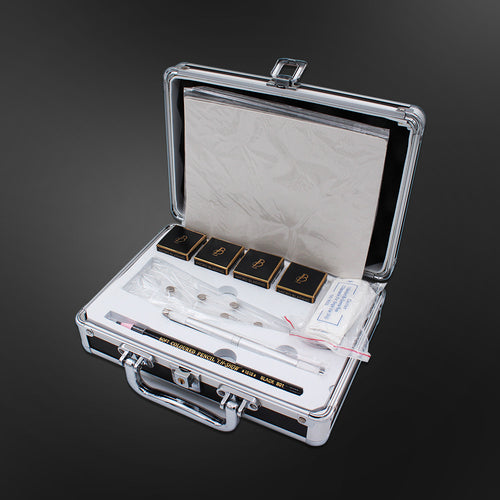
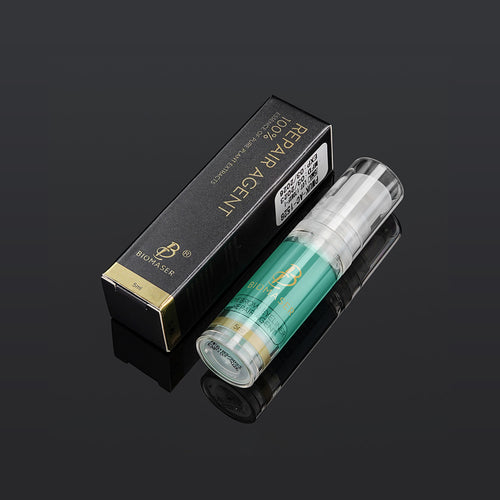
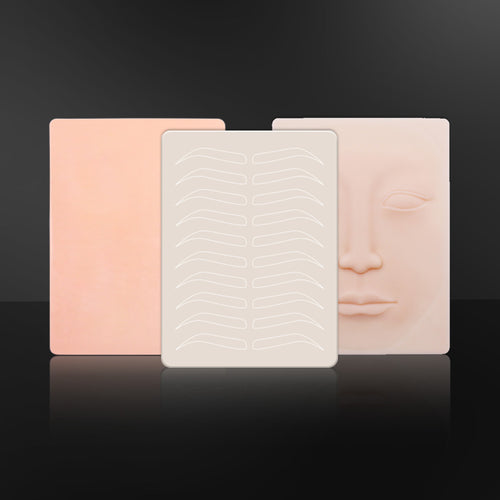
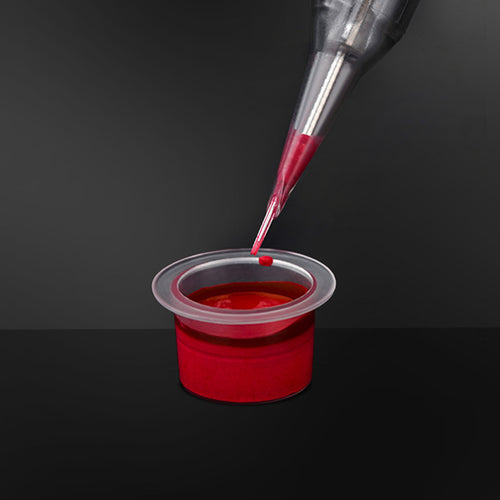
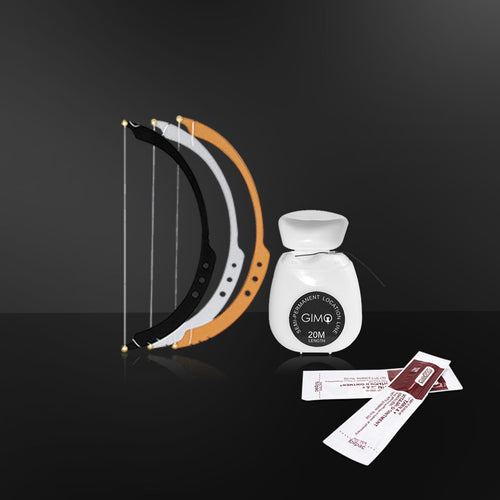
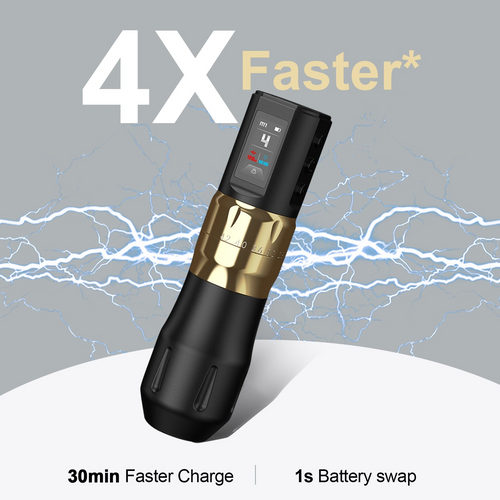
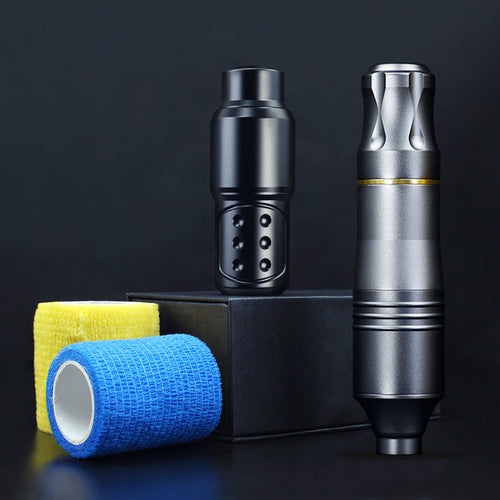
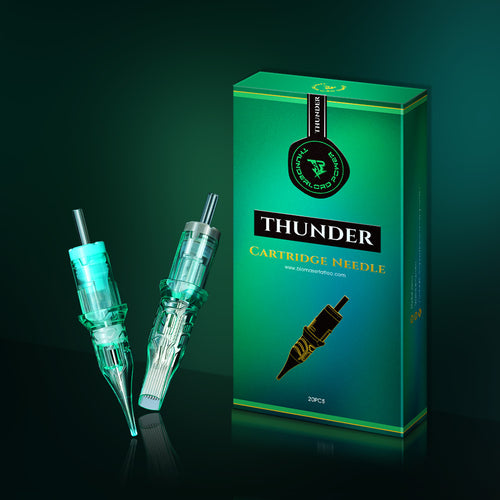
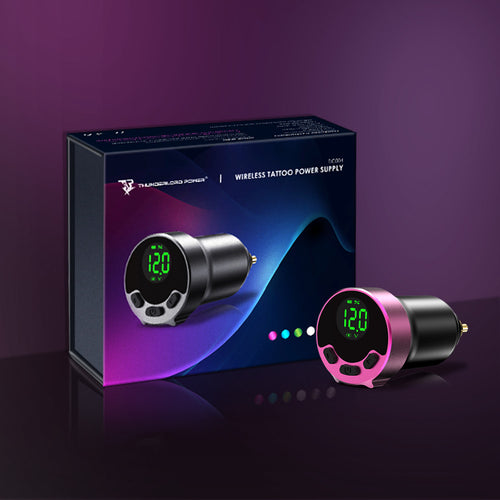
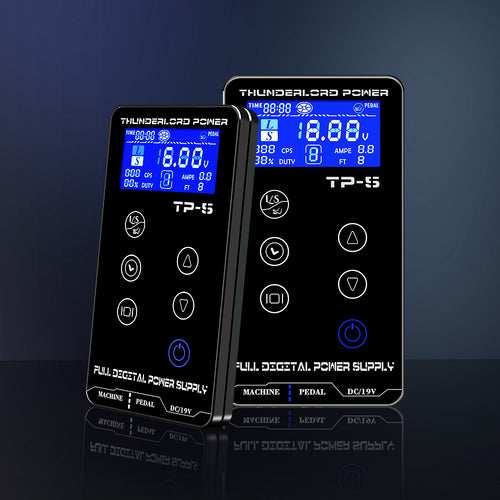
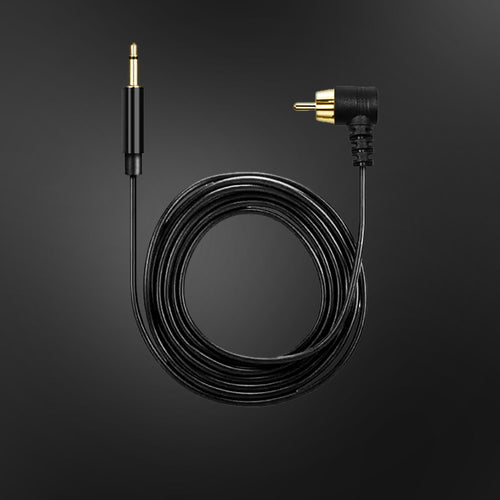
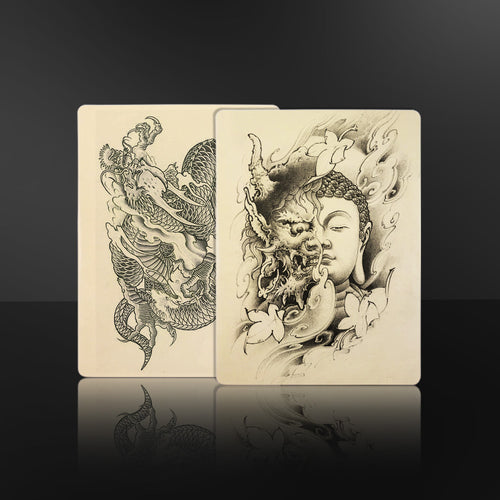
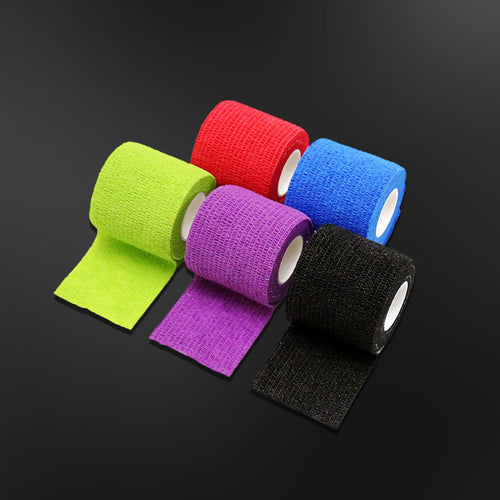
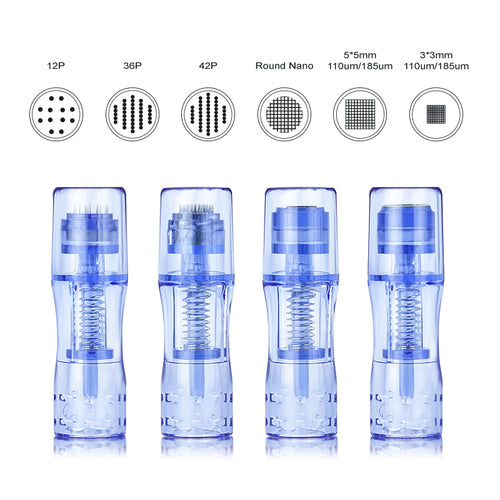
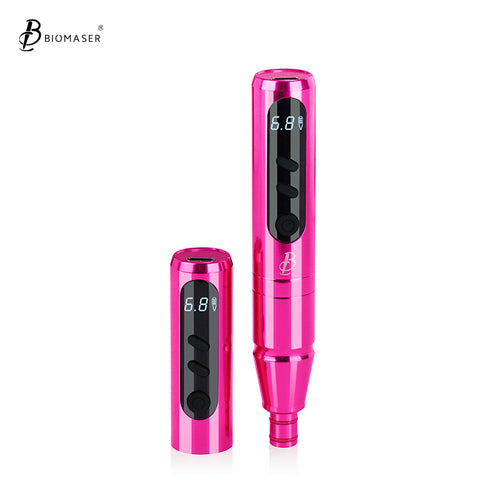
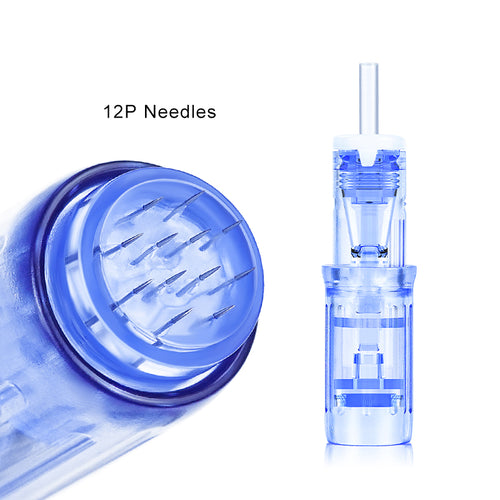
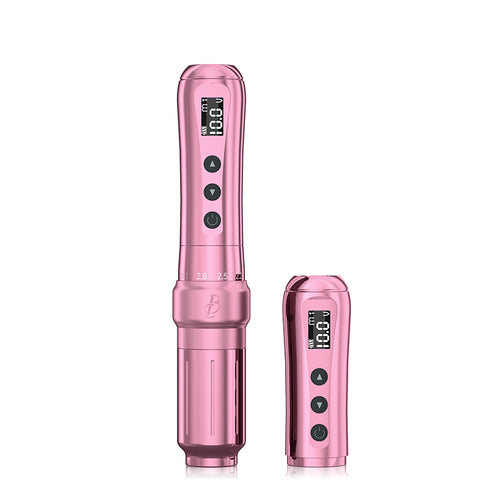
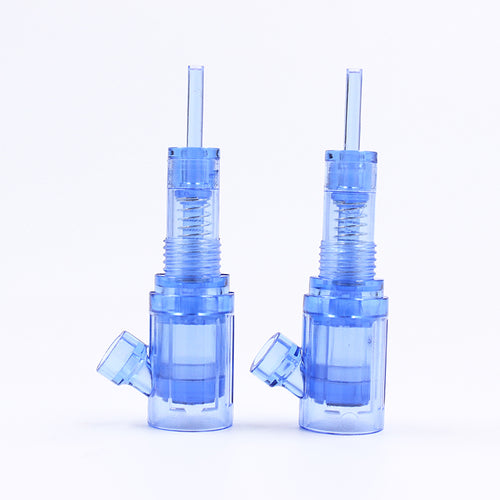
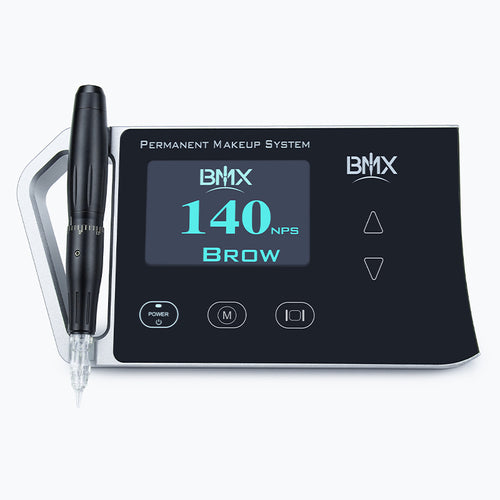
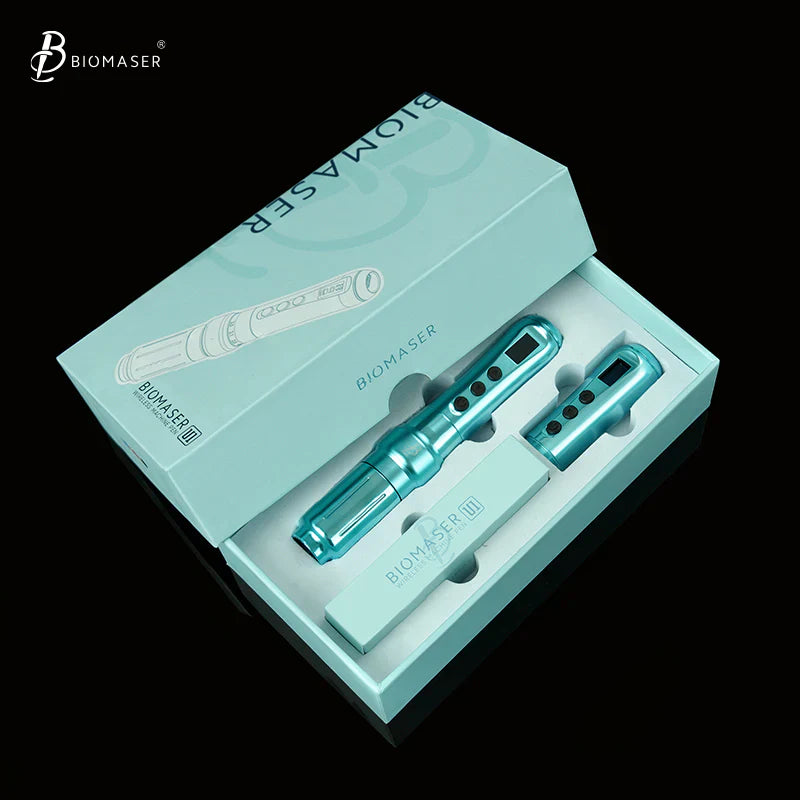
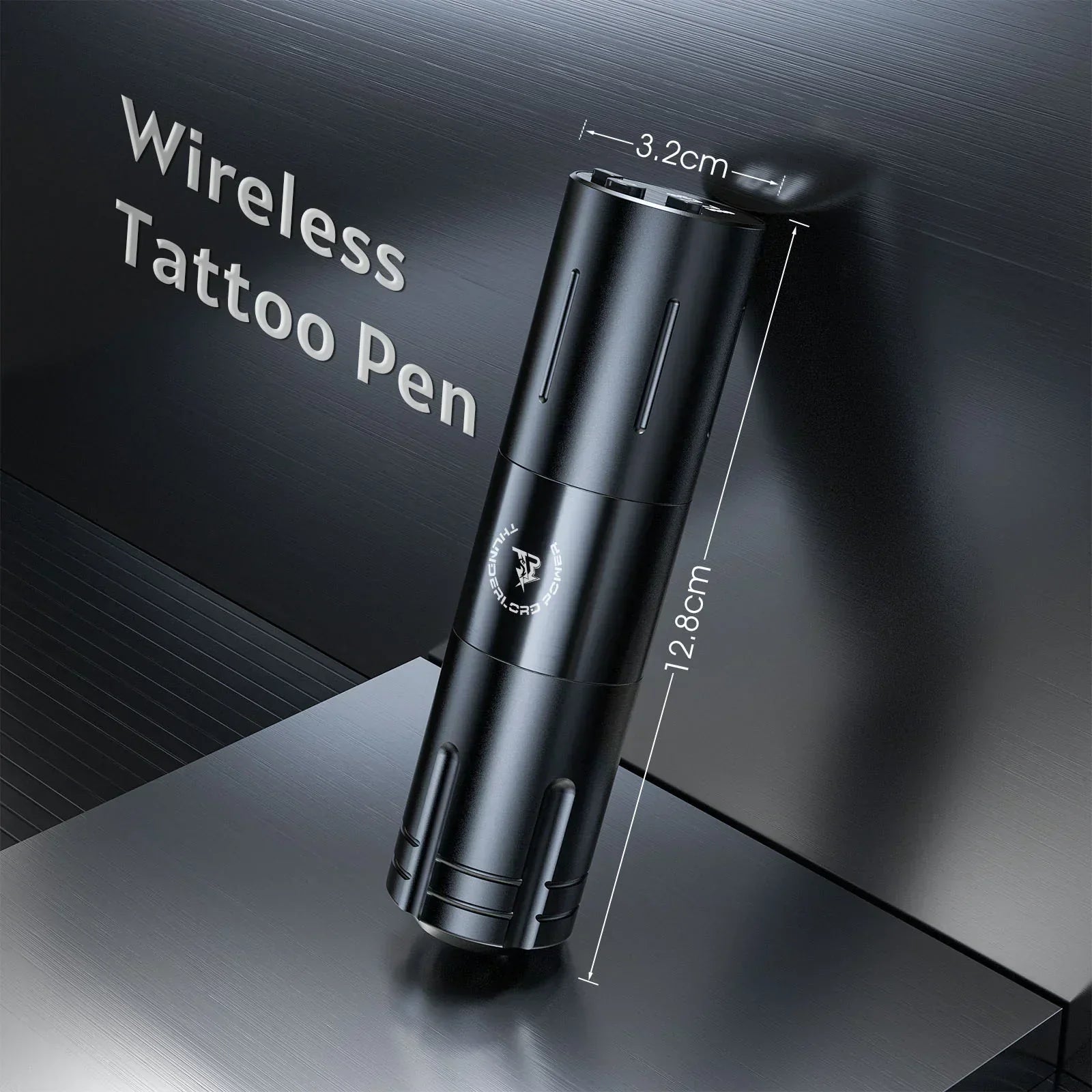

Leave a comment
This site is protected by hCaptcha and the hCaptcha Privacy Policy and Terms of Service apply.